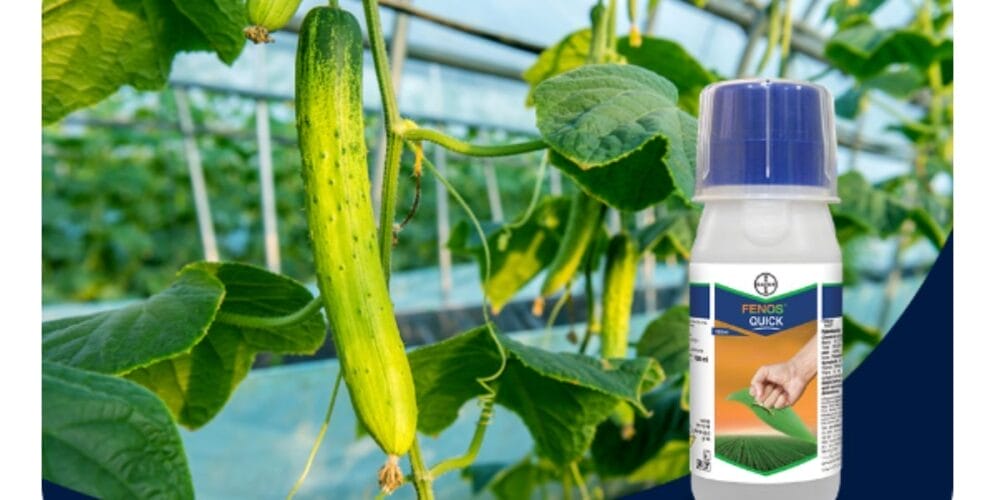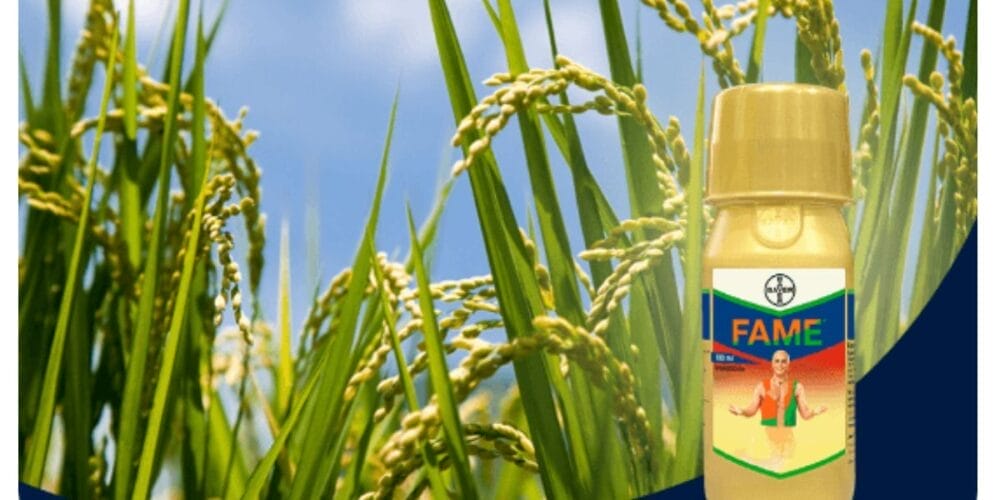Trichoderma viride: A Natural Booster for Soil and Crop Health.

In the age of sustainable agriculture and organic practices, bio-farming has emerged as a revolutionary method that emphasises natural inputs over chemical fertilisers and pesticides. Among the most potent allies in bio-farming is Trichoderma viridae, a beneficial fungus known for its remarkable role in promoting plant growth, suppressing soil-borne diseases, and improving soil fertility.
This article explores the role of Trichoderma viride in bio-farming, its benefits, nutrient contribution, application doses, and its overall impact on soil health.
What is Trichoderma viride?
Trichoderma viride is a naturally occurring fungus found in soil and plant root ecosystems. It belongs to the genus Trichoderma and is widely used as a biological control agent (BCA) and a bio-fertiliser. Its ability to colonise plant roots, decompose organic material, and suppress harmful fungi makes it an ideal candidate for sustainable farming practices.
Benefits of Trichoderma viride in Bio-Farming
- Biological Disease Control
- T. viride acts as a natural fungicide by parasitising and killing harmful fungi like Fusarium, Rhizoctonia, Pythium, and Sclerotinia.
- It produces enzymes like chitinases and glucanases that break down the cell walls of pathogenic fungi, reducing the need for chemical fungicides.
- Improves Plant Growth
- Stimulates root development and seed germination by releasing growth-promoting hormones such as auxins and cytokinins.
- Enhances nutrient absorption from the soil, especially phosphorus and micronutrients.
- Enhances Soil Health
- Decomposes organic matter, improving soil structure and aeration.
- Promotes microbial diversity and activates beneficial soil microorganisms that contribute to a fertile ecosystem.
- Reduces Environmental Impact
- Minimises the use of chemical fertilisers and pesticides, thereby reducing soil and water pollution.
- Compatible with organic farming certification standards.
Nutrients Available in Trichoderma-Based Bio-Fertilisers
Although Trichoderma viride is not a direct source of nutrients like nitrogen, phosphorus, or potassium, it plays a vital role in making these nutrients more accessible to plants. Here’s how:
- Micronutrients Mobilisation: Enhances the availability of zinc, iron, copper, and manganese by solubilising and chelating them from the soil matrix.
- Phosphate Solubilization: Helps release phosphorus from inorganic compounds, making it available for plant roots.
- Induced Systemic Resistance (ISR): Improves plant immunity, reducing the need for nutrient-intensive chemical treatments.
In bio-fertilisers, T. viride is often mixed with organic matter or compost, which supplies additional macro and micronutrients. These formulations create a synergistic effect by improving nutrient uptake and plant vigour.
Recommended Dose and Application
The efficiency of Trichoderma viride depends on proper application methods and dosage. Below are commonly recommended application guidelines:
Seed Treatment
- Mix 4 grams of T. viride powder per kg of seed.
- Coat seeds evenly and dry them in the shade before sowing.
Soil Application
- Mix 2–5 kg of T. viride (with a minimum spore count of 1×10⁷ CFU/g) with 100–150 kg of well-decomposed farmyard manure (FYM) or compost.
- Broadcast in the field 7–10 days before sowing and mix it well into the soil.
Root Dipping
- For transplanted crops like vegetables and paddy, dissolve 1 kg of T. viride in 100 litres of water.
- Dip the roots of seedlings for 30 minutes before transplanting.
Drip Irrigation or Drenching
- Use a suspension of 5–10 grams per litre of water for soil drenching or through the irrigation system.
⚠️ Note: Always check product specifications for colony-forming units (CFU) and storage guidelines. Avoid chemical fungicides within 7–10 days of applying Trichoderma.
Trichoderma viride and Soil Fertility
Soil fertility is more than just nutrient content—it’s about structure, microbial balance, and organic matter. Here’s how T. viride enhances fertility:
- Improves Soil Structure
- Decomposition of organic matter improves soil texture, porosity, and water-holding capacity.
- Enhances Microbial Balance
- Outcompetes pathogenic fungi, creating a healthy microbial community in the rhizosphere.
- Organic Matter Degradation
- Accelerates the breakdown of crop residues and farm waste into humus, enriching the topsoil.
- pH Stabilization
- Indirectly balances pH through microbial activity and nutrient cycling.
Compatible Crops for Trichoderma viride Use
T. viride can be used across a wide range of crops, including:
- Cereals: Rice, wheat, maize
- Pulses: Chickpea, pigeon pea
- Oilseeds: Groundnut, mustard, sunflower
- Vegetables: Tomato, brinjal, cabbage, chilli
- Fruits: Banana, mango, papaya
- Spices & Medicinal Plants: Turmeric, ginger, ashwagandha
Final Thoughts
The role of Trichoderma viride in bio-farming is undeniably crucial. As a natural soil enhancer and biocontrol agent, it offers a cost-effective, eco-friendly alternative to chemical inputs. With growing awareness about sustainable farming and organic practices, the adoption of T. viride-based bio-fertilisers is poised to grow rapidly.
By integrating Trichoderma viride into your farming practices, you not only protect the environment and improve soil fertility but also cultivate healthier, disease-resistant crops with better yields, naturally and sustainably.
FAQs
Q: Can I use Trichoderma viride with chemical fertilisers?
A: Yes, but avoid chemical fungicides and toxic pesticides, which can kill the fungus. Organic fertilisers or compost are preferable.
Q: How long does Trichoderma survive in the soil?
A: Under favourable conditions, it can persist and multiply for 3–6 months or longer, especially in organic-rich soil.
Q: Is T. viride safe for human health and livestock?
A: Yes, it is non-toxic and considered safe for humans, animals, and beneficial insects.
Related Post: You may be interested.
New AP Agriculture Pilot to Strengthen Planning, Value Addition and Farmer Income
AP Agriculture Pilot Acting on the directives of Chief Minister N. Chandrababu Naidu issued during the Rythanna Meekosam workshop, the Andhra Pradesh Agriculture Department has launched a data-driven initiative to enhance farmers’ Gross Value Addition (GVA), net income, and overall value addition across primary sectors. With technical support from Athena Infonomics as the Project Management…
Bayer Fenos QUICK Insecticide — Fast knockdown + lasting control (800-word guide)
Introduction of Bayer Fenos QUICK Insecticide Bayer Fenos QUICK is a modern, broad-spectrum insecticide designed to deliver both quick knockdown and longer residual control against chewing and sucking pests. It’s a premix combining two complementary active ingredients that give growers fast action on field pests while helping manage resistance when used as part of a…
Bayer Fame® Insecticide: Powerful Protection Against Caterpillars & Lepidopteran Pests
Introduction of Bayer Fame® Insecticide In modern agriculture, high-yield crop production is only possible when crops are protected from damaging pests. Among these, caterpillars and other Lepidopteran pests cause massive economic losses by attacking vital plant parts. To control such harmful pests effectively, Bayer Fame® Insecticide has emerged as one of the most trusted solutions…










